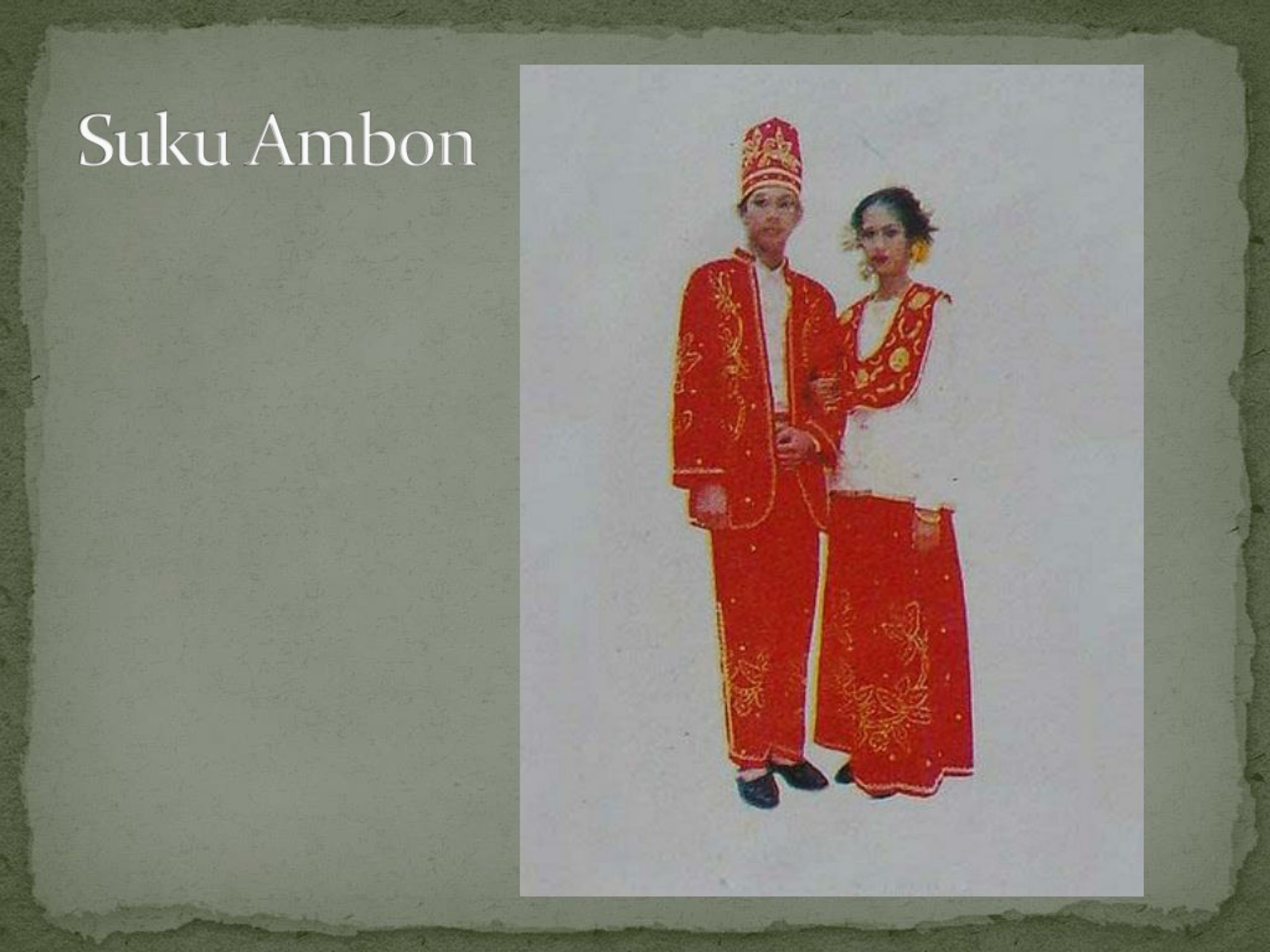
While BI is predominantly used in writing, the use of Javanese re-emerges in the least regulated and most informal domains of writing. Gaul Indonesian, a sub-dialect of BI, acts as an intermediate scale between local and global scales of language. The preliminary findings indicate that youth in Semarang use Javanese, BI and English under a norm of polylingualism, with Javanese and BI being the predominant bilingual medium in spoken conversation. Part of a larger dissertation research, the paper will investigate preliminary data on the code-switching and language mixing use of Javanese (a local language), Bahasa Indonesia or BI (the national language) and English by youth, both in conversations as well as in writing, in the city of Semarang in Central Java, Indonesia, a multilingual developing country of the global South. The youths' language use shows that the range of texts form a continuum, in which the more formal texts tend to highly regulated around Indonesian as the monolingual center whereas less formal texts are more open to the use of Javanese and English, including the playful combination and juxtaposition of languages that enable youth to recontextualize and even subvert the dominant indexical meanings associated with these languages. In analyzing these texts, the article will adopt a social practice approach to literacy and will also emphasize that there are orders to the indexical meanings of languages.



This article will investigate how the way youth groups from two vocational high schools in Semarang, Central Java use Javanese, Indonesian and English across different genres of texts reflect the way they negotiate the push and pull of the various language ideologies associated with these languages. Youths' multilingual literacy practices constitute sites in which their language use can be pushed and pulled in different directions.


 0 kommentar(er)
0 kommentar(er)
